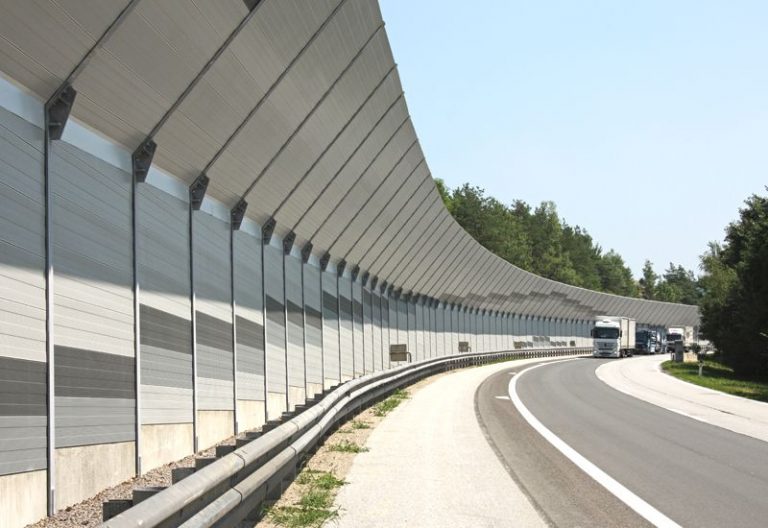Why Install Wheelchair Lifts In your Building
As the name implies, wheelchair lifts help wheelchair bound individuals move form one level to another in a safe and hassle-free manner. Yet to say that that’s all wheelchair lifts do for your building, would be a severe understatement. In this article, we cover the less mentioned advantages that wheelchair lifts offer and how you should go about ordering it.
The Many Advantages of Having a Wheelchair Lift
For starters, wheelchair lifts remove the need for assistance when navigating from 1 level to the next. Their features are catered to wheelchair users who can operate them without further help. This improves their independence and builds confidence. While it may seem like a small thing to you, having such features allow wheelchair users to feel normal and to function like everyone else.
Secondly, it makes your building safer. Staircases and ramps can be hotspots for accidents especially during peak periods. If people are rushing along these areas together with wheelchair users, then a chance of accidents happening is relatively high. Wheelchair lifts offer an alternative path for the physically handicapped, thus lowering the chances of an unfortunate collision.
Thirdly, wheelchair lifts are relatively cost effective as compared to the installation of a comprehensive elevator. The setup of platform lifts is much simpler and use less power compared to elevators. As such, we recommend that if you trying to improve the accessibility of your building for wheelchair users, then platform lifts will make much more sense than the installation of an additional elevator.
Safety Features That Make Wheelchair Lifts Desirable
It is true that a comprehensive elevator would serve wheelchair users while also doubling up as mass transport for everyone else. However, they often lack the dedicated safety and user features that platform lifts have. These features include:
- Hand and guard rails that are installed at wheelchair height. These prove a stable handle for the user to hold on to in the event of an emergency.
- Emergency batteries that help a lift get to the nearest floor in the event of a power cut. If not for having an emergency battery, users may be stuck between floors when the black out occurs.
- Strict overload protection to ensure that the maximum weight capacity can never be exceeded.
- Emergency stop controls that offer users control over the lift should unforeseen circumstances occur.
It is also worth mentioning that these same features make it easy for the likes of the elderly, or the injured to traverse between levels of your building. The stability and lack of crowds offered by wheelchair lifts affords them the security and comfort needed for their conditions.
Getting a Wheelchair Lift Installed
Convinced that your building could do with a functional wheelchair lift? If so get in touch with a BCA recognised commercial wheelchair lift supplier today.




